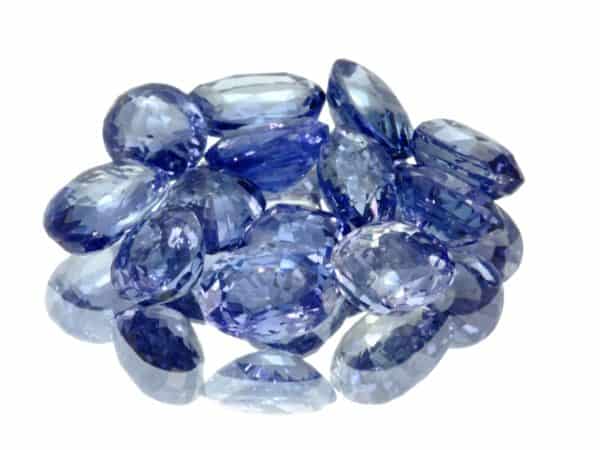
 Making blue sapphire. Not as easy as baking a cake. But not as hard as cold fusion.
Making blue sapphire. Not as easy as baking a cake. But not as hard as cold fusion.
Mineralogists at the University of British Columbia have found what they call a “recipe” for creating natural blue sapphires and have pinpointed a region in Nunavut territory where more of the famous Beluga sapphires, like those set in Queen Elizabeth II’s Sapphire Jubilee Snowflake Brooch, might be found.
In results published in the July issue of the journal Canadian Mineralogist, the researchers compared mineral deposits from regions near Kimmirut on southern Baffin Island, where in 2002 local residents first discovered the high-quality sapphires, said to be the only known deposits in Canada.
What they found was that a particular set of geological conditions concerning mineral content, pressure and underground temperatures below 100 degrees Celsius were required to produce the Kimmirut sapphires, 48 of which went into making the Sapphire Jubilee Snowflake Brooch recently given by Canada to the Queen to commemorate her 65 years as Canada’s sovereign.
“We’ve discovered that it takes a fairly specific sequence of pressure and temperature events to create these gems. It’s essentially a recipe,” said Philipp Belley, graduate student with the Department of Earth, Ocean and Atmospheric Sciences at UBC, in a statement. “These occurrences are the first reported sapphires hosted in this type of marble-related deposit.”
Sapphire is a form of the mineral corundum, which can exist in a range of colours aside from blue, including yellow, purple, orange and green (red corundum is what we call ruby). The primary composition of corundum is aluminum and oxygen, while the blue colour comes from the addition of titanium into the structure.
Making blue sapphire, the third hardest mineral on earth…
The third-hardest mineral after diamond and moissanite, sapphires have non-ornamental applications in infrared optics, high pressure windows, body armour and solid-state electronics. Synthetic sapphire is produced relatively cheaply, with over 250 tonnes produced annually.
Sapphires form in coarse-grained rock originating from magma or lava which ends up with a lighter content of silica. Mineral crystals are formed as the molten rock cools, with the slower cooling rock producing the bigger crystals.
The researchers estimate that more sapphire deposits could very well exist near a fault line that separates two geological regions near Kimmirut. “This research has enabled us to identify the areas of greatest potential for Kimmirut-type sapphire deposits in southern Baffin Island, which will facilitate gemstone exploration in this part of the Arctic,” says UBC mineralogist Lee Groat, co-author of the study. “But it’s also a deposit model that can be applied to exploration worldwide.”
The Sapphire Jubilee Snowflake Brooch was presented to Queen Elizabeth II at a tour of Canada House in London by Canada’s outgoing Governor General David Johnston. Designed by Saskatchewan-based jeweller Hillberg & Berk, the brooch displays 48 Canadian sapphires of varying size and colour, along with 400 diamonds mined in northern Canada, set in white gold. Shaped in a snowflake to celebrate Canada’s Arctic, the brooch has an elevated centre that is meant to represent a rocky hill next to Kimmirut where the sapphires were first discovered by brothers Seemeega and Nowdluk Aqpik.
Leave a Reply
You must be logged in to post a comment.



 Share
Share Tweet
Tweet Share
Share




Comment